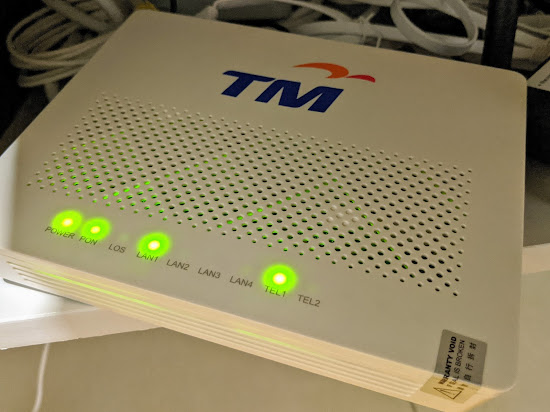10 Steps To Start A School Newspaper At Your Rural School
 |
| The Fantastic Global Newspaper Team (consisting of students from Form 1-4) |
Thinking back to my high school days, producing a school newspaper was really easy at my urban high school where the teacher could just assign the project to a group of students & they would work everything out on their own like magic.
It is a lot more challenging for a rural school with limited facilities & students with limited proficiency.
This is how I did it. You can go ahead & do the same at your school.
1. Hand-pick 2-3 students from each Form except Form 5 who have the ability to write adequately well in English. Their grammar does not have to be perfect. They just need to know how to put ideas into sentences.
2. Allow them to opt out. Sell the idea to them. Tell them what they will gain & what they will lose if they don't join. Finally, let them decide if they would like to be part of the team. When they do, congratulate them & tell them about the exciting journey ahead. No hard feelings for those who have opted out.
3. Select the most influential & reliable student as leader. Ask the rest to cooperate with him/her. Communicate clearly your expectations & his responsibilities. He/she will be you in the team.
4. Pair up senior students with a junior student. They will work in pairs when they interview, source for photographs, compose their articles, type & proofread. Communicate clearly your expectations for the articles they will write (length, content, who to interview, what to ask, etc).
5. Decide together what sections & events to include in the newspaper. Meet with students at the end of every month to discuss what articles to put into the monthly newspaper. Model for the leader so that he/she can do it on his/her own in the future. Set a deadline for the articles to be typed & ready.
6. Inform the teachers who photograph school events about your project. Students will come to them for photographs.
7. Prepare a computer for them to use for typing out their articles. Prepare the template for them to type in.
8. Occasionally check on their progress. Ask if they need any help. Motivate. Encourage. Praise.
9. A teacher does the finishing touches: proofreads, arranges the format & prints.
10. Get photocopies posted on the noticeboard of every class & a coloured one on the school/English language noticeboard.View all the editions here.
My students enjoyed working on the newspapers & they felt a sense of pride in their work. I made sure that I gave each of them a copy of every edition & I printed a certificate for them at the end of the year. I also made sure that the principal thanked them & praised them personally.
As a teacher, our responsibility goes beyond merely producing a newspaper, we have to follow up & do our best to ensure that as much of the school population is engaged as possible.
I talked to every class about reading the newspaper & the comics. I asked them what were the benefits & told them about all the hard work that was put in for their reading pleasure. The students at school were positive about the project & saw the benefits of participating in it.
Sounds like a lot of work? Not really. The students carried most of the weight. I only had to initiate & do the final touches.
I enjoyed working on this project & I'm sure many of you will too.
If you're doing something like this at school, I'd love to read about your experiences in the comments!!




